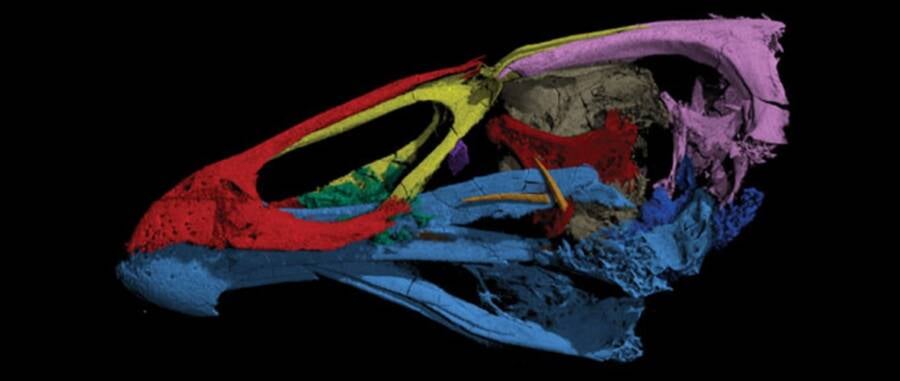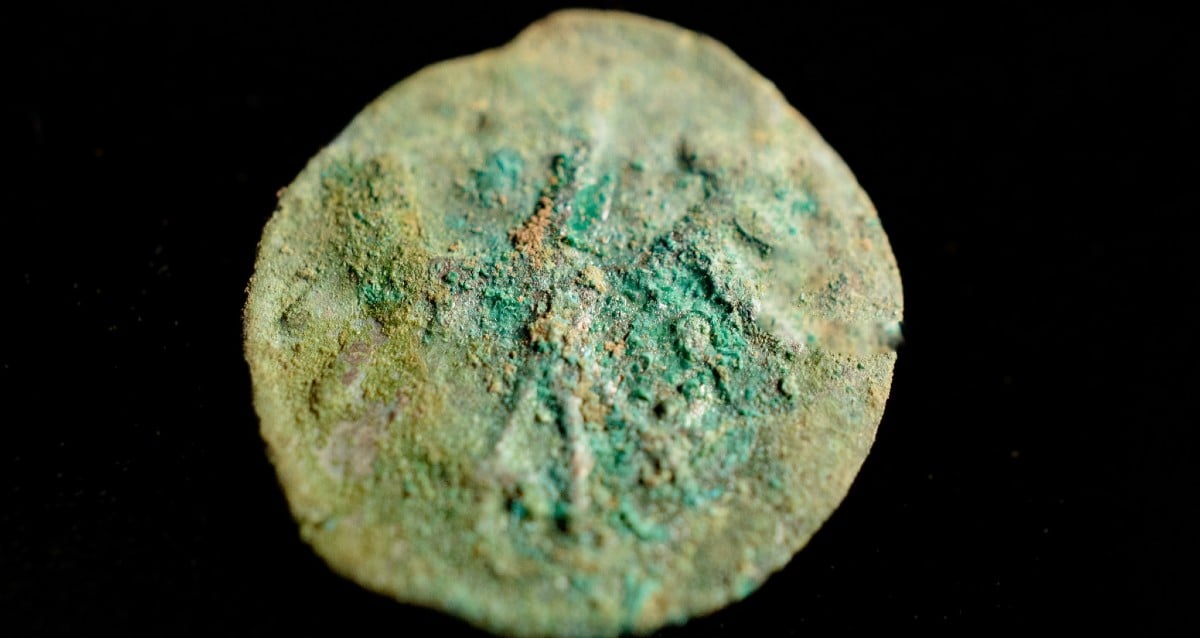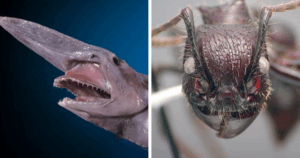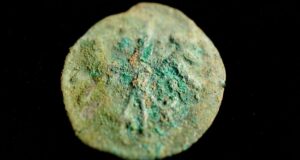Unearthing the ‘Wonderchicken’: How a 67-Million-Year-Old Fossil Rewrites the Origins of Modern Birds
“An unspecialized diet is the kind of feature that might have helped animals like the Wonderchicken survive,” said Field, particularly during a crisis like the mass-extinction event caused by an asteroid.
But then, there are other parts of the Wonderchicken’s skull that are duck-like.

D.J. Field/University of CambridgeA scan of the fossil reveals features similar to both chickens and ducks.
Similar to modern ducks, A. maastrichtensis had a distinctive bone that projected from the back of its skull towards the base of its eye socket as well as a hooked bone at the back of the jaw.
An examination of its limbs suggests that the Wonderchicken walked on long legs. The fact that it was found in marine sediment could mean that the species was a shorebird.
The discovery of the Wonderchicken has finally given scientists a more accurate evolutionary timeline for the modern bird. In fact, the 67 million-year-old fossils are actually much younger than previous estimates for the first appearance of modern birds.
“This is one of the most important bird fossils that has been found in quite some time,” said Stephen Brusatte, a vertebrate paleontologist from the University of Edinburgh who was not involved in the study.
“It raises the intriguing possibility that small size and a shoreline habitat may have helped these birds survive the end-Cretaceous extinction,” while other large animals, like the ferocious dinosaurs, went extinct.
Next, meet the Vorombe Titan, a 1,800-pound elephant bird that was once the largest in the world. Then, read about why scientists planted fake memories into bird brains.














